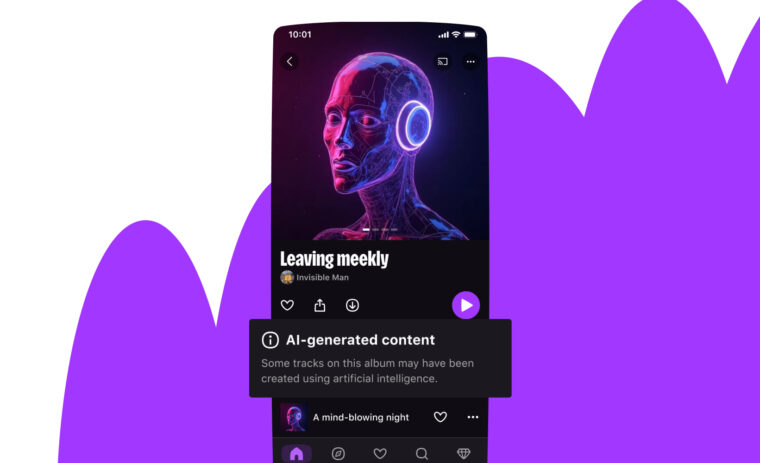
A word I hear often in discussions with tech managers is “speed”, such as in “we need to increase our delivery speed”, “we’d like to work twice as fast” or the alternative “we need to ship features faster”. What they often mean is that they would like to get twice as much done using the same resources and this is the confusion of two ideas: speed is not the same as productivity.
If you want me to get from A to B fast, I’ll take my motorcycle. Now if you want me to take 10 people from A to B, I’ll rent a bus. Now I could ride my motorcycle from A to B 10 times, taking a passenger with me each time, and back again 9 times to pick another up. Not only would it be way slower overall, but also cost and risk would be too high.

This may seem obvious to you in this example, but the truth is that many managers say they want to deliver at speed, when all the actions they take suggest that what they really wish to maximize is throughput, so how can we increase it?
Well, from my experience, the key isn’t speed but flow which is the smooth progress of work throughout the entire system. Anything that halts or disrupts the work is a block or a delay — the enemies of flow. Whenever something is waiting, it is costing you money.
Optimize the whole, not the parts
At Deezer, we currently have a 3-week release cycle for our mobile apps, where every 3 weeks we’re publishing a new version of our apps on the stores. This 3-week release cycle is composed of 2 stages: a development sprint of 2 weeks and test phase of a week managed by our Quality Assurance (QA) team. Both our iOS and Android app release cycles are in sync so the QA can manage mobile tests and betas at the same time.
At one point, this was running so smoothly in our Android team, that we thought we could speed-up our release cycle to 2 weeks for our Android app. After a talk with the Android, QA and iOS teams, it turns this would have an unintended negative consequence: the QA team did not have the resources to handle iOS and Android releases on different paces, therefore speeding-up the Android release cycle would have required iOS releases to slow down to a 4-week release cycle.

The main takeaway I got from this experience is that you have to optimize the whole and not the parts. Speed isn’t the primary goal, value is. Speed is simply a means to deliver value. How fast we need to go must be judged by how speed affects the value. But however fast we want to go, we should look at the whole process and turn our attention to the areas that constrain the flow or where there is unnecessary delay and address those bottlenecks. It’s actually so important that creators of the “PM Declaration of Interdependence” placed it number one in their values:
“We increase return on investment by making continuous flow of value our focus” — Declaration of Interdependence
In my example, an idea supposed to speed up delivery ended up creating delay by increasing a bottleneck, slowing down delivery of an other app and, overall, decreasing value. There’s just nothing more upsetting than initiatives intended to make improvements that actually have negative consequences.
On the upside, this experience brought to light that our QA team was already running at full speed and was starting to constrain our flow. As a consequence, before shortening our release cycles on both platforms, we needed to scale up our QA capacity. It’s actually still an ongoing process (a mix of hiring, tooling-up and new methodology) from which we’re only starting to see the first results so it’s still a bit early to share it with you, more on this later 🙂
Moral of this story is that what we truly want is a smooth progress of developments, aka flow, and that flow isn’t about all out speed, it’s about processing work in a way that balances the company’s competing needs and requirements in order to deliver the best final value to the customer.
If you’re interested in learning more about optimizing your flow, I personally loved the “Optimising your Flow” course available here, it’s full of great insights, case studies and tools to help you out in that task.





